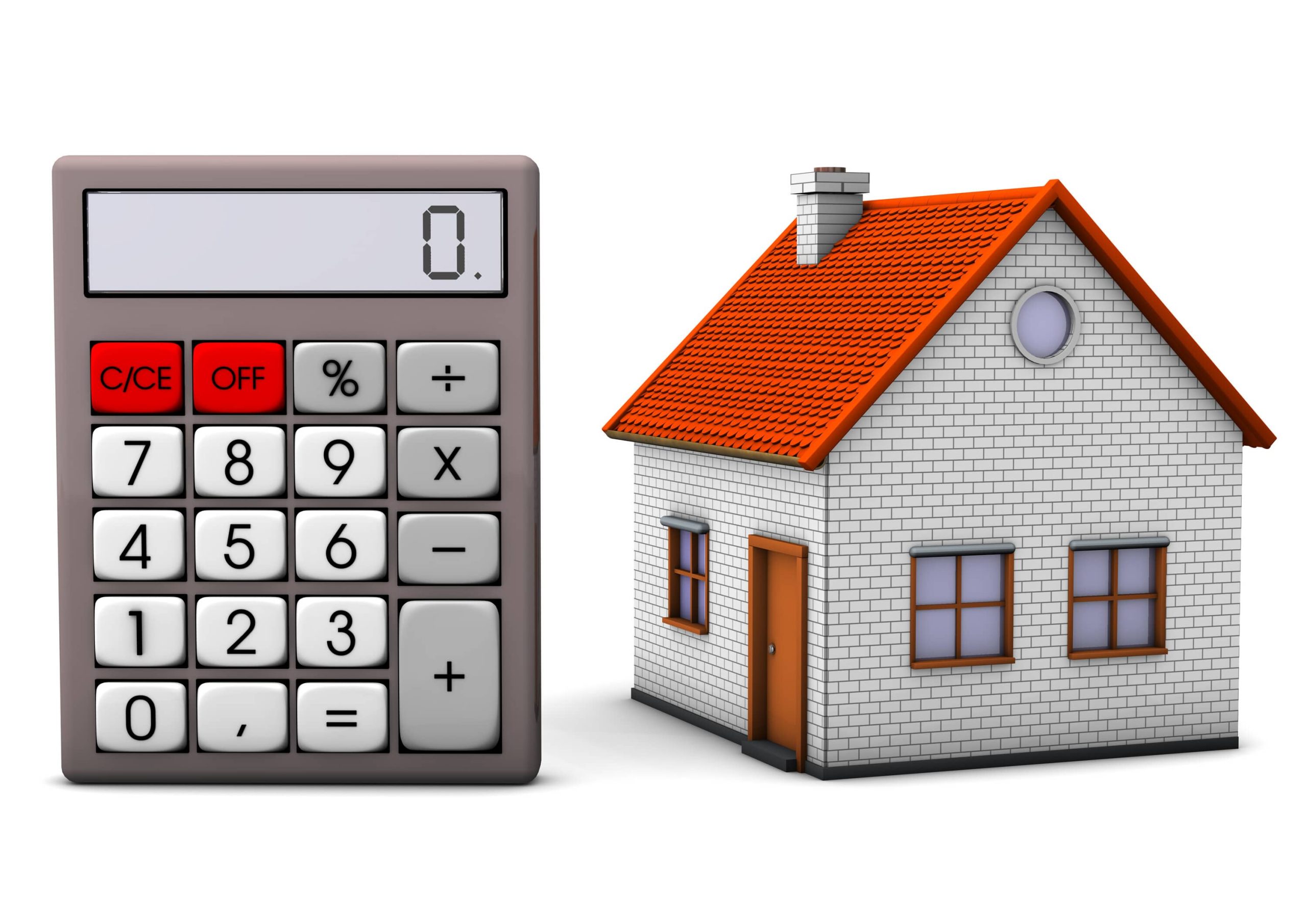
Raise the Roof: How Roofing Materials Help Lower Your A/C Bills
When it comes to your home’s heating and cooling, you may be surprised at how many places in your home can help or hinder your air comfort. Although your house may seem like a single unit, the individual parts added together are responsible for your home’s Heating, Ventilation, and Air Conditioning (HVAC) efficiency. Every part of your house can make a difference. Even certain roofing materials can help lower your A/C bills!
There is a wide array of materials for homeowners to choose from when it comes to roofing a new home or when dealing with the repair or replacement of a damaged roof. Although it may be on the outside of your home, the roof plays a big part in your home’s interior air comfort.
A Multitude of Materials
If you look at the roofs of most single-home neighborhoods, you’ll notice that most are made from the same material. However, this can change in different regions or depending on the availability of certain building supplies. Some popular roofing options are:
- Asphalt-Composite Shingles – One of the most popular options for roofs in North America, these shingles are a composite material that is lightweight and easy to install and repair. These shingles come in many different colors, giving homeowners options to customize the look of their home.
- Clay Tile – Anyone who has traveled to Nevada, Arizona, or other states with hot, dry climates will recognize these as the roofing tile of choice. These clay tiles’ signature orange color stand out and complement a usually light-colored home to help reflect heat. They are durable but can add a lot of weight to a roof.
- Metal Roofing – Homes with metal roofing can be identified by the long “panels” of metal used instead of shingles. The panels interlock at the seams, making them watertight. These types of roofs can have a very long service lifespan and are recyclable after they’re removed from a home.
Now Think Cool
While you’re considering material choices, the U.S. Department of Energy asks you to “think cool.” Energy.gov shares different roofing materials to help lower your A/C bills, and be more energy efficient overall. Choose options that have been treated with coatings that help your roof reflect even more heat than the base material can on its own. These coatings are available for lots of different roofing choices and could certainly be worth consideration for any new construction or for anyone in need of replacing their current roof.
If you happen to have a flat-roofed home, they encourage you to consider a “green roof” where you use the space to add plant coverage to your home. Plants can add weight and may harm the structural integrity of the roof, so you may want to consult with a contractor before you start hauling sod up to your rooftop.
Color Choices: Dark versus Light
It may sound like a battle of good versus evil, but picking between a light and dark roof doesn’t have to be an epic choice! When it comes to roof colors most materials available for single-family residences come in an array of color options. This allows builders to make the best aesthetic choice for a home and have the roof compliment the rest of the construction. So how do you know when to pick a light colored roof, or when to pick a darker shade? It depends on whether or not you hope to retain heat with your roof.
Lighter colors reflect heat, while darker colors retain heat. Homes in climates that deal with long winters and snow storms will most likely choose darker colored roofing materials. This not only helps keep heat in during the winter, but can help melt snow off of the roof. People in hotter climates may want to consider a lighter colored roof to help reflect heat away from a house, keeping it cooler and more comfortable in high temperatures.
Ventilation: Keeping things Fresh
There are very few parts of a home that cannot be served by good ventilation, and a roof is no exception. Many times, a roof with poor ventilation traps air, creating a hot, stale environment in your attic that can lead to poor air quality and health. When air gets trapped inside a closed space it can become an environment that encourages the growth of mold, mildew, and other unwanted contaminants.
There are different types of ventilation options to help move stale air out and new air into an attic space through your roof. For example, wind turbines and box vents “catch” fresh air and pull it into your house to powered vents that work non-stop to move air in and out of an attic space. Powered and non-powered vent methods can work in concert to make sure that your attic air is kept clean and as cool as possible. It doesn’t seem like it can affect the rest of your home, but a well ventilated roof and a well insulated attic can really make a difference.
Choose the Best Roof for Your Home
There is a lot to think of when it comes to constructing a home and your roof deserves your full attention. Working with a contractor to select the right roofing and materials to help lower your A/C bills. Choose a style and materials that best suit your local climate and environmental needs, helping create a comfortable home. Your roof may feel far away, but like your air conditioning unit, the ductwork that runs through your walls, and the air filters that all work in quiet concert, it is a part of the whole HVAC system of your home. Take the time to consider your roof and keep it in good working order and it will keep your home comfortable and protected.


